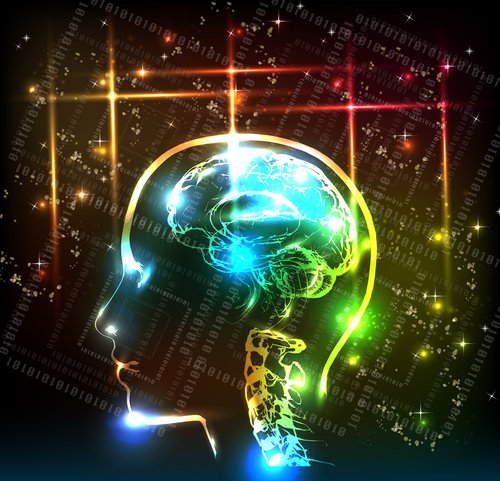Do you love the view of the blue ocean? When you enter a room with red walls, do you feel restless? When you look at clear green grass, do you feel relaxed?
Colors in us trigger natural reactions and the responses of our organism can affect our mental health.
Using colors in our lives is a very important topic. It affects the range of products, redefining the space in which we live or work. Color perception is different to each other, however, some shades or colors are of universal significance.
Colder colors such as blue, green or purple are often perceived as reassuring, but can also cause sadness. Red, orange or yellow colors fall into the warm color spectrum that is associated with warmth and comfort.
Colors and we
If you let the students wait before the test in rooms with red color, you will have anxiety and inconstancy in them. Individuals of warmth prefer cooler colors, while the winters prefer hot colors.
If you need some encouragement, get some orange in your house. The orange color is cheerful, it is associated with a variety of foods so it can stimulate your appetite. Similar properties have yellow color. They are the brightest colors for the human eye, so they often appear on toys for young children.
If you need rest, the ideal color can be green. It is connected with health, spiritual cleansing and carries a healing power. Similar colors are blue, it is soothing, it shows intelligence and creativity. Pial color is associated with kings but also mysterious and promotes prestige and wealth. The red color is strong, therefore it appears on traffic signs – warns. It generates strong emotions, can promote uproar. Black color is historically taken as evil, can cause a sense of sadness. It is often used in connection with sadness or death. White color offers a sense of purity, innocence and peace.
If you feel sad, try to focus on colors cheerful. If you need to rest, find a place where there is something green or blue.





